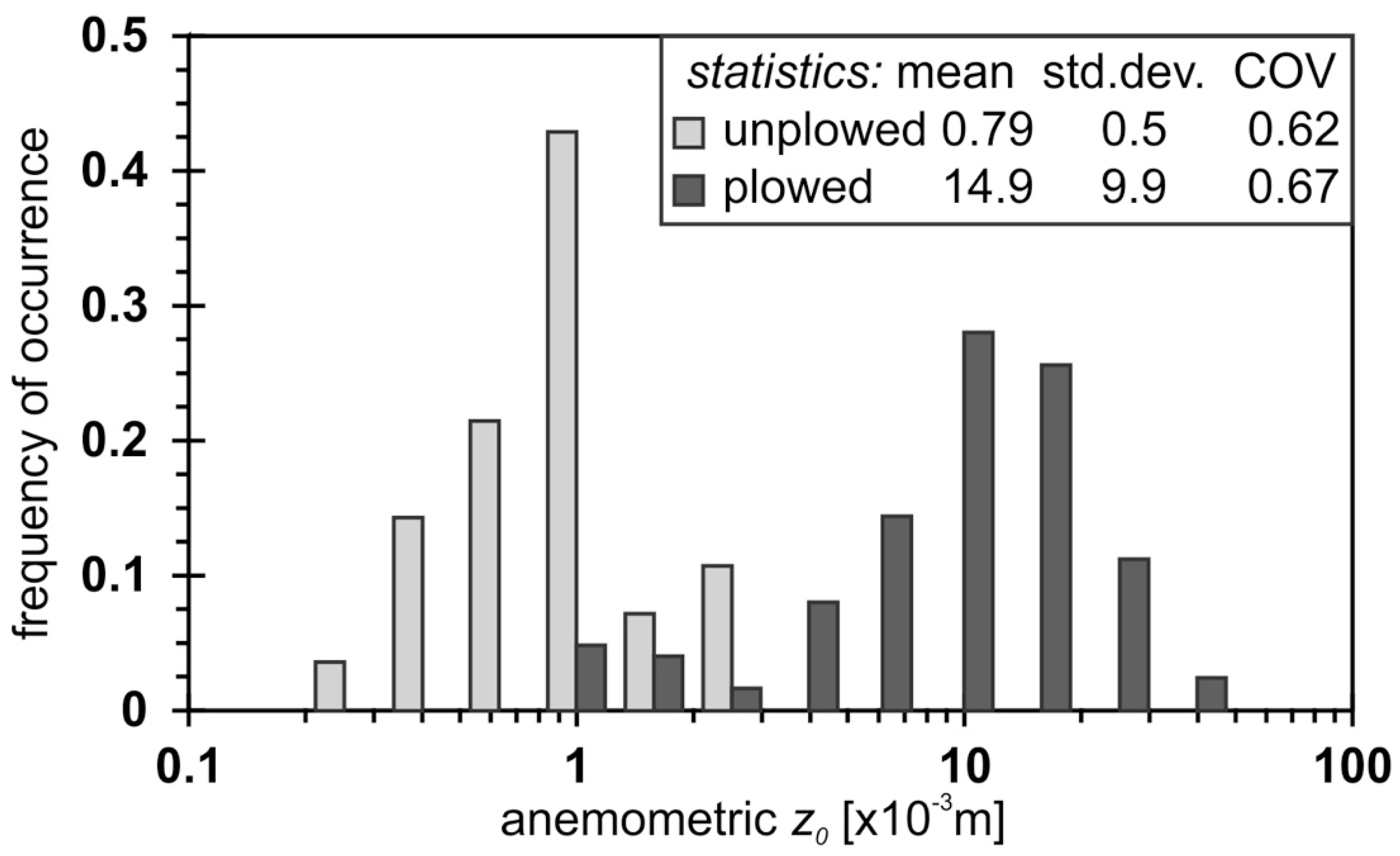

To analyze the new indicator’s accuracy and applicability when evaluating the effect of protective measures, a wind tunnel simulation experiment on a typical mechanical protection measure commonly used for sand control in China was conducted.

Therefore, it is proposed that the boundary layer displacement thickness should be used rather than roughness as an indicator to solve such problems. However, since the calculation of surface roughness can result in different values and its applicability is poor, there are disadvantages to its use. Since the establishment of blown sand physics, surface roughness has been widely used in current research to indicate the ability of a surface to resist wind erosion and to evaluate the windproof effect of protective measures.


 0 kommentar(er)
0 kommentar(er)
